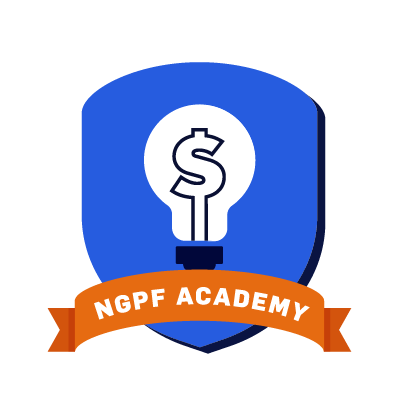Financial Algebra Course

DESCRIPTION
This free math curriculum is helping thousands of math teachers answer the age-old question, “When am I going to use math in real life?” with confidence.
The NGPF Financial Algebra Course engages students with real-world financial applications while maintaining deep mathematical rigor. Each of the course’s 10 units blends one core personal finance topic with one relevant math concept (e.g. Investing and Exponential Functions).







